
Strengthening The Roots of Our Herbal Practice
We can work on many levels as herbalists, but at some point it becomes important to go deep down into the depths of our tradition and root ourselves firmly so that the personal practice of herbalism in our lives can flourish and blossom. The rich ground of historical herbalism and the new frontier of modern…
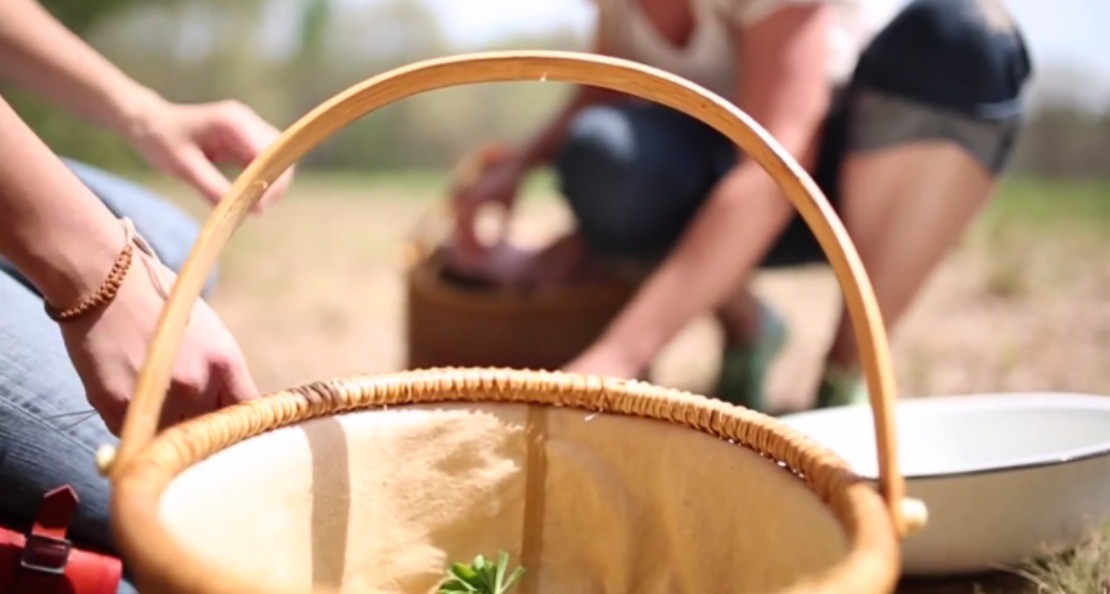
Finding the Roots of Our Herbal Traditions
Fall is all about root medicine. As our plants ready themselves for winter, many of them draw their energy down into the roots to wait out a season of cold and rest. Burdock, dandelion, butterfly weed, angelica, and licorice are just a few of the herbs we cherish for their medicine underground. With roots at…
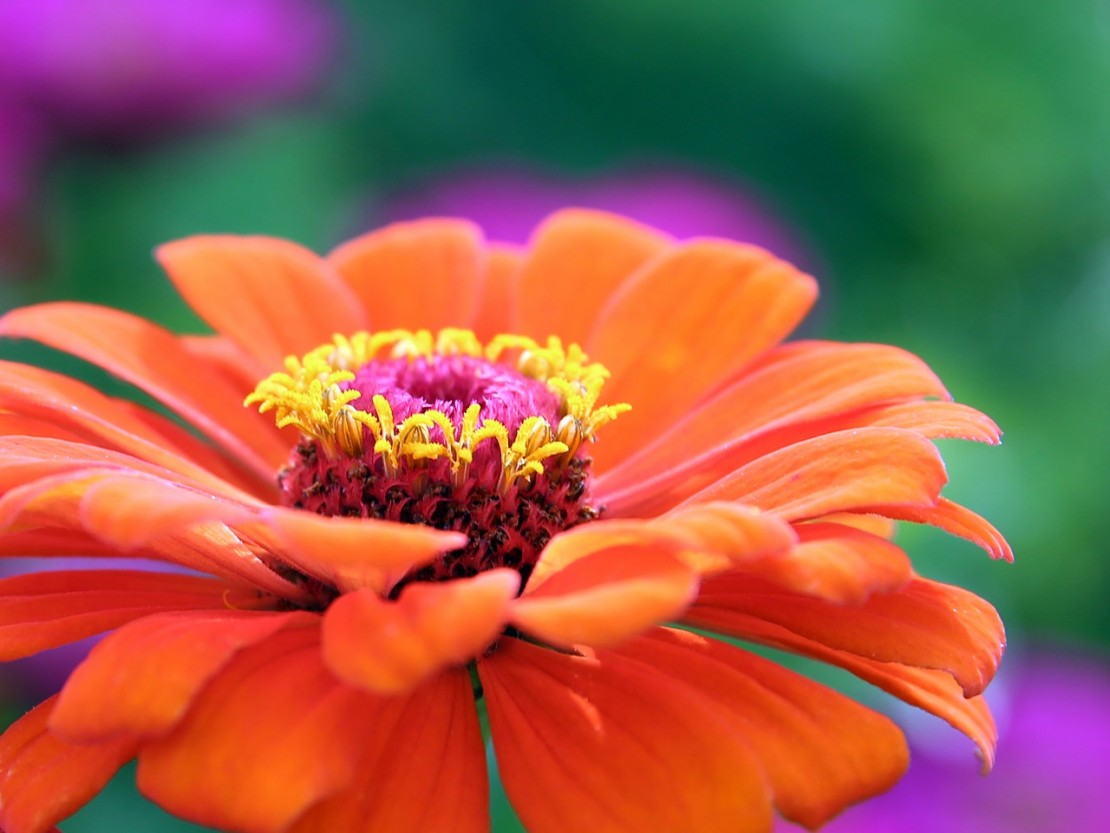
12 Best Botany Words for Your Herbal Studies
Most of the time, the words we use to describe our herbs are fairly straightforward: calendula petals, mint leaves, and ginger root. Leaves, petals, and roots are parts of plants familiar to most people, even if they aren’t gardeners, herbalists, or botanists. And for most purposes, that’s as technical as you need to be. Other…
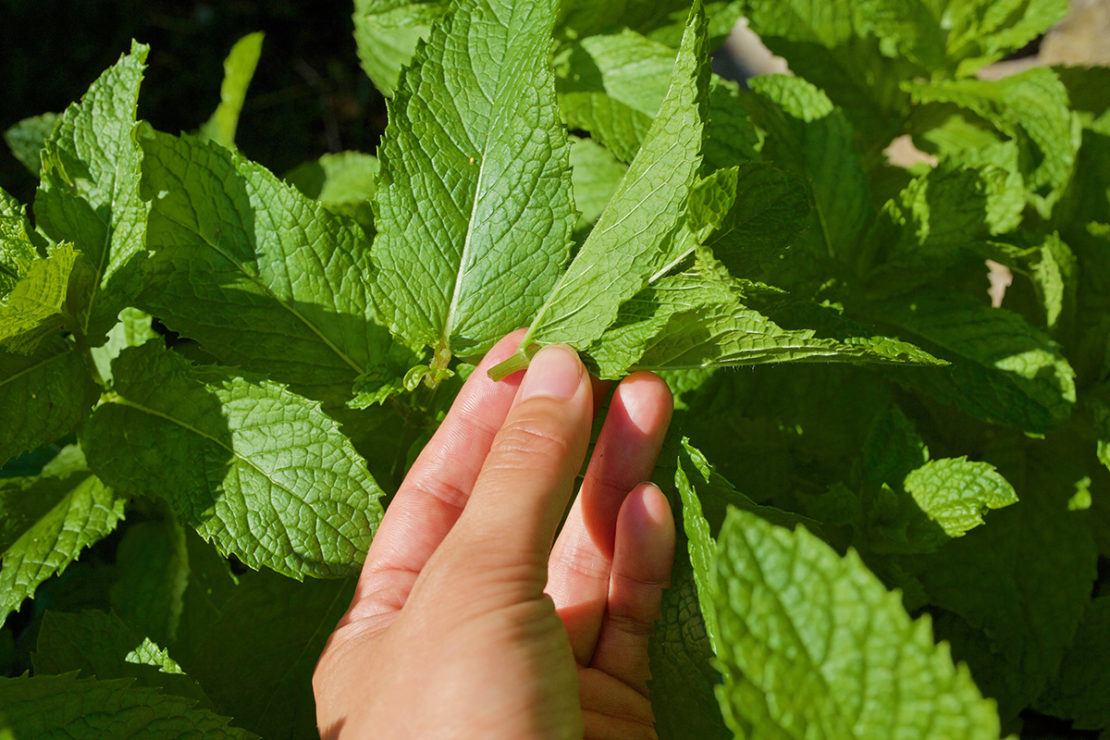
Basic Botany: Describing Leaves
There’s a lot going on in a leaf. Thousands of chemical reactions occur in each one as part of photosynthesis – the process plants use to turn sunlight into energy. Each plant develops their own unique blend of ingredients from sunlight, water, and the nutrients they pull from the soil. The unique makeup of each…
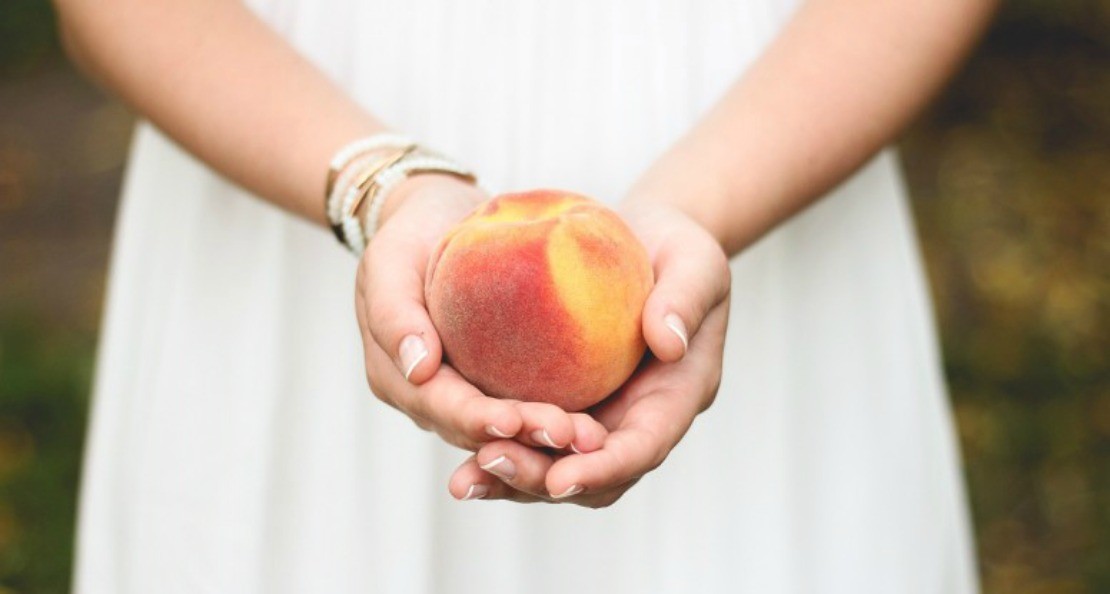
FREE Course: The 4 Essential Habits of Healthy Families
Do you worry about the health and wellness of your family? That’s a pretty natural concern! As plant enthusiasts, we strive to support our family through nourishing herbal teas, wholesome, real food recipes, and preventative natural remedies. However, as many of you have probably experienced, it can be tough to know where to find all the right information. Of…
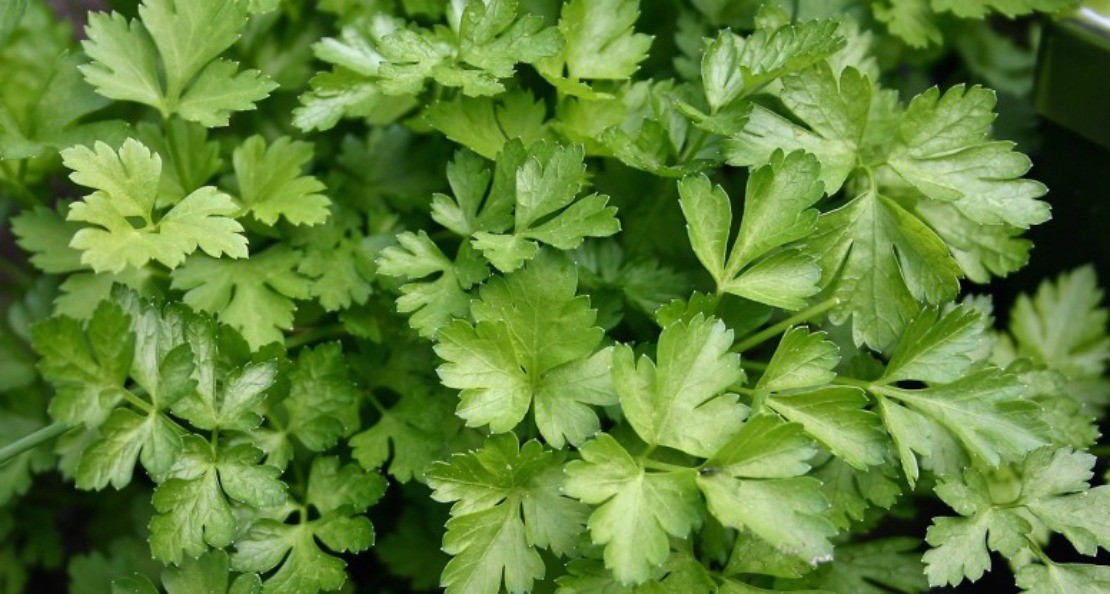
Botanical Families: How Herbs Are Related
The number of distinct botanical species recorded in the world is impressive. 500 species of conifers, 12,000 species of ferns, 14,000 species of mosses, and a staggering 300,000 different species of flowering plants. Most of our herbs are flowering plants, but how can we make sense of such an overwhelming diversity? Within that giant group…
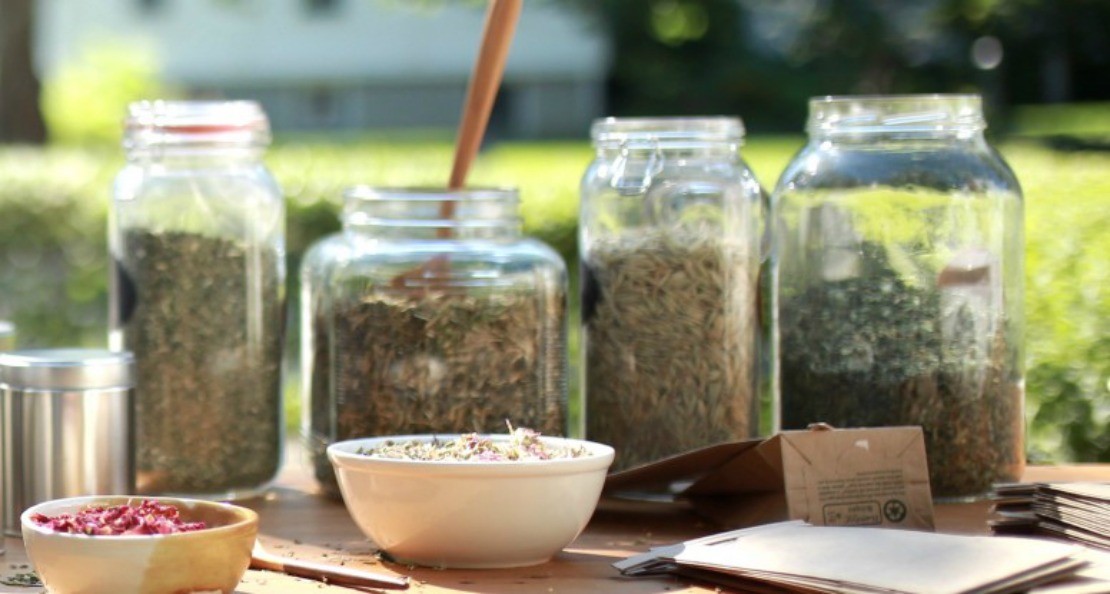
Creating Your Organized Apothecary
Building a home apothecary is an exciting part of learning herbalism. There is a sense of satisfaction that comes from having everything on hand and ready so that you can mix up the perfect herbal tea blend or formula at a moment’s notice. But as your home apothecary grows from a few herbs to a…
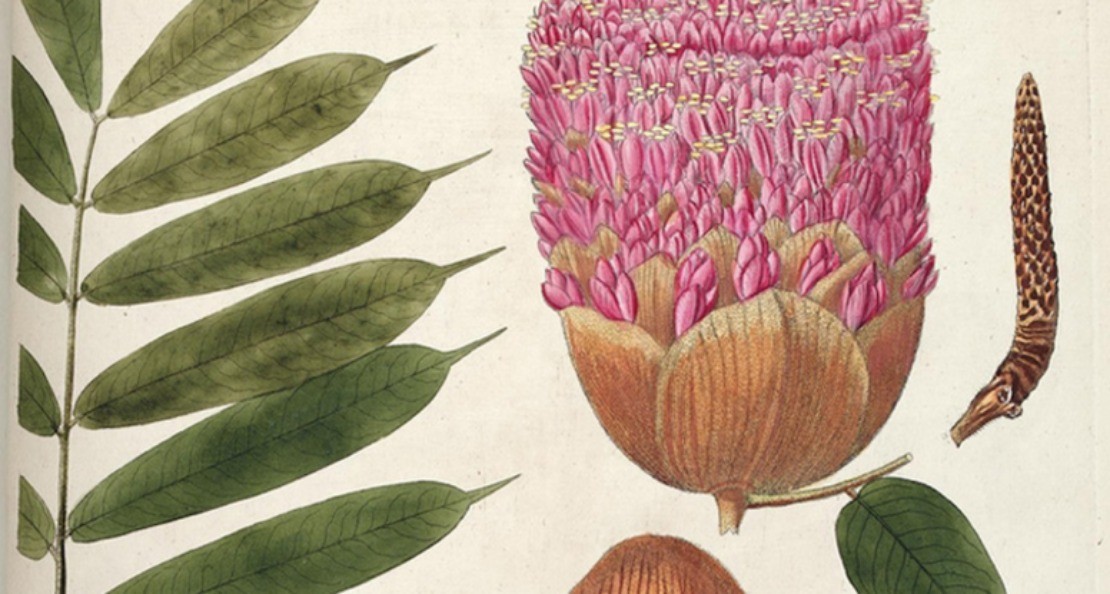
Learning Botanical Names
If you have spent time reading about or studying herbs, chances are you have come across botanical names. Usually in italics, botanical names are found in herb profiles, scientific studies, and even in everyday places, such as the back of your favorite herbal tea blend. If you are a HANE student, you may have seen botanical…
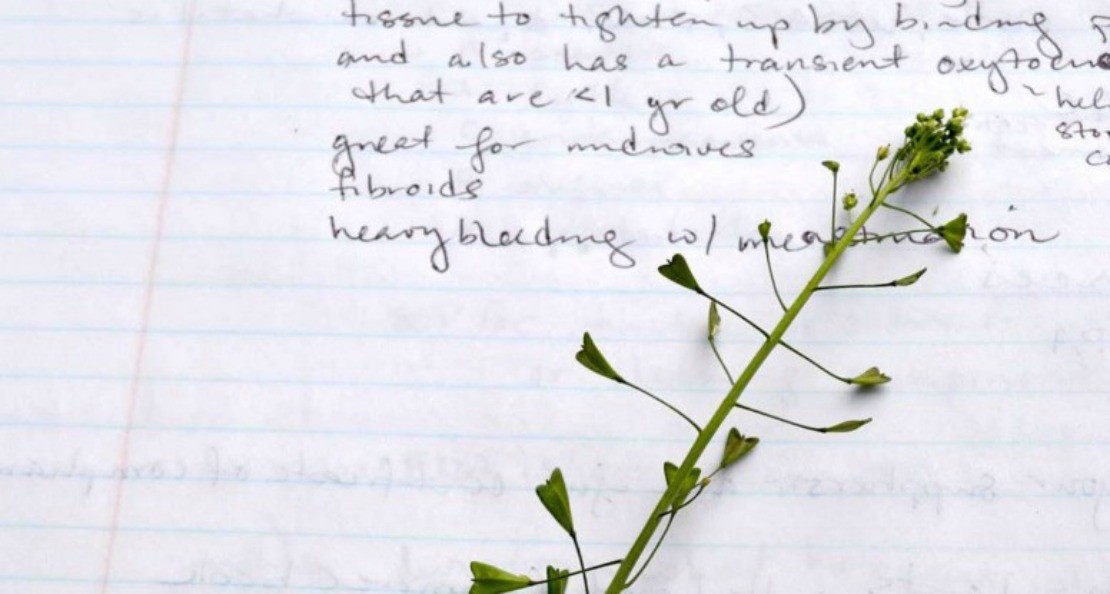
One Herb at a Time: 7 Ways to Inspire Your Herbal Studies
When you begin your herbal studies, the sheer number of herbs you encounter can be intimidating. While it’s useful to learn about herbs as the need arises to solve everyday health issues, one of the best ways to approach herbalism is by studying under teachers who can walk with you step-by-step on the first part of your…

3 Old-Timey Herb Books You Can Read Online
Herbalism is seeing a revival in our times, but there is still much we can learn from herbalists who came before us. The history of herbalism goes far, far back into time with the first known reference to medicinal herbs found on clay tablets of the ancient Sumerians. Many old herbal manuscripts are preserved in libraries…


